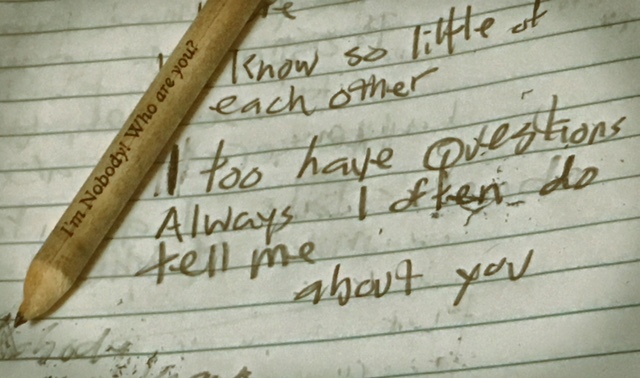I’ve got to buy myself a guitar.
Acoustic or electric, it doesn’t matter (I play like shit anyway… or did when I did decades ago) but I know I need a guitar. I’ve been considering the purchase far too long.
I have words, poems (lyrics, I suppose) that seem to need more space than a page can provide. I can’t (or won’t) call them deep, but feel they need the depth a melody can provide.
I want a guitar.
A guitar, to me, symbolizes pretty much everything there is to know and love about music. With its six strings, it can thrash out anger and joy or gently weep heartfelt sins and sorrows. Even years ago, as a drummer, I knew, and respected, the guitar is the backbone of rock and roll.
I stare at the walls of guitars in music stores and wonder, or adoringly gaze at photographs of musicians playing Martins, Gibsons, or Telecasters. I always have. Really, any guitar. I stand outside streaky pawnshop windows and see instruments that once had value to someone, yet were pawned for quick cash. These are guitars that have lived a life, have some worth, and are waiting for another set of hands to prove the possibilities. This is the kind of guitar I need.
I’m probably not responsible enough to trust myself with a new instrument. I know I’m hard on things and something with a few well-earned battle scars is far more appropriate, for me. I’d feel a little less guilty as I know I’d carelessly make my own mark.
For so many months I’ve been telling myself I need a guitar. Last year I came close when the exact model I yearned for as a teenager was hanging in a cluttered window. I was sure, at first, this was fate presenting itself cheaply and easily as a hundred buck option.
For a few days, almost every day, I would stop, look at, and think about, this absolute thing of beauty.
Still, then, I couldn’t separate with the cash, even as this recurring dream came whispering to me. I had other things going on, so many things to do, and I simply couldn’t justify the time it would take to learn, or relearn, to play the guitar.
Thing is, I still have those other things on my mind. I still haven’t completed what I had to do. And I still want a guitar. I still have words; in fact, more words now than then.
I have hundreds of poems, even more unfinished phrases and thoughts to be set to music. The themes are as vast as they are vacant; including all those songs about falling in an out of love, wanting love, and finding love. I am no different than anybody else. We are all fragile. We all disappoint someone else.
We all fall in love sometimes. A song seems to set it right.
If music is therapy for the soul, who needs this therapy more than a man who has lusted for many, but trusted so few.
I suppose I need to trust myself with a guitar.
Many times the poetry I write finds a rhythm, even a melody, as I scratch out the words. Music has always inspired. Music speaks to me. Would my words, my poetry or thoughts, speak to others differently if framed within a musical scale? I’m still unsure. I’ll only know if I trust myself with guitar. Then I’ve got to trust myself.
Until then, the page is all I’ve got. The words are there. The melody remains unwritten.
© 2018 j.g. lewis




